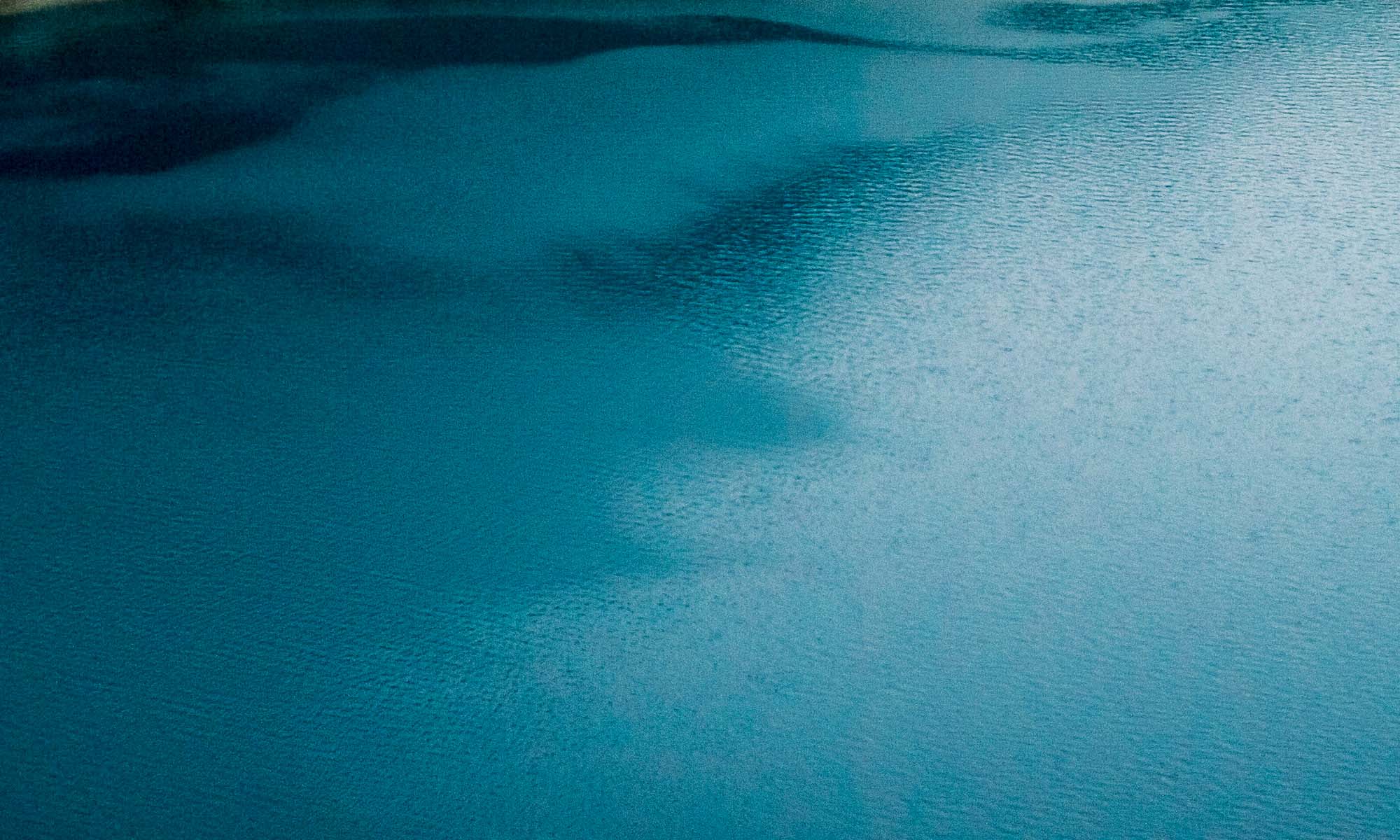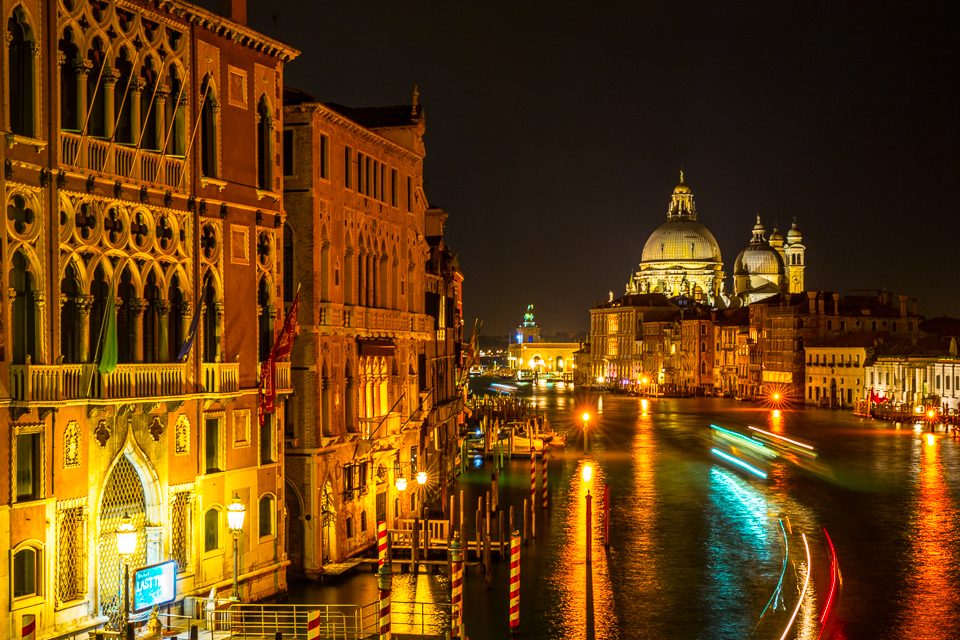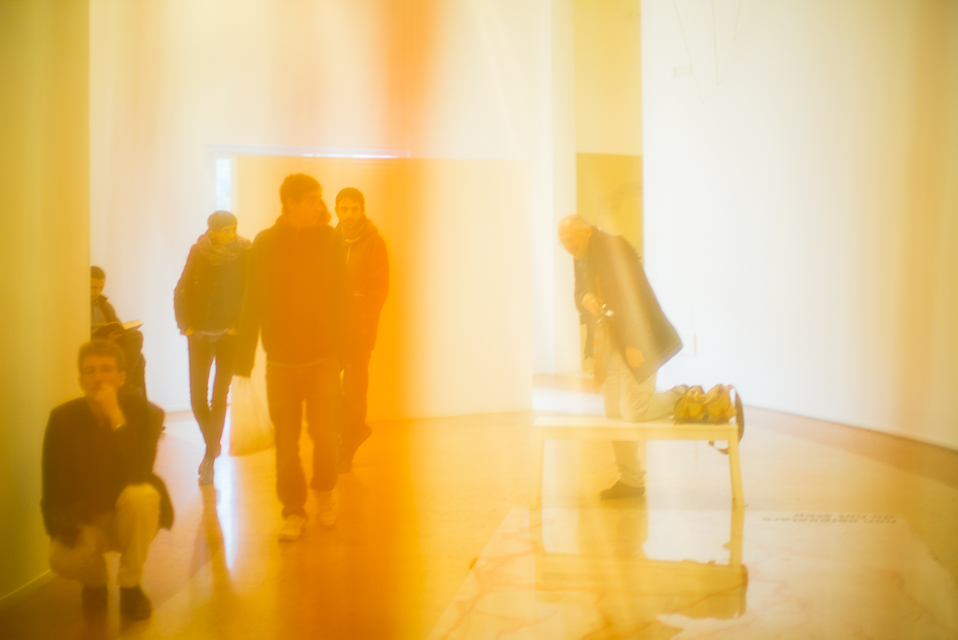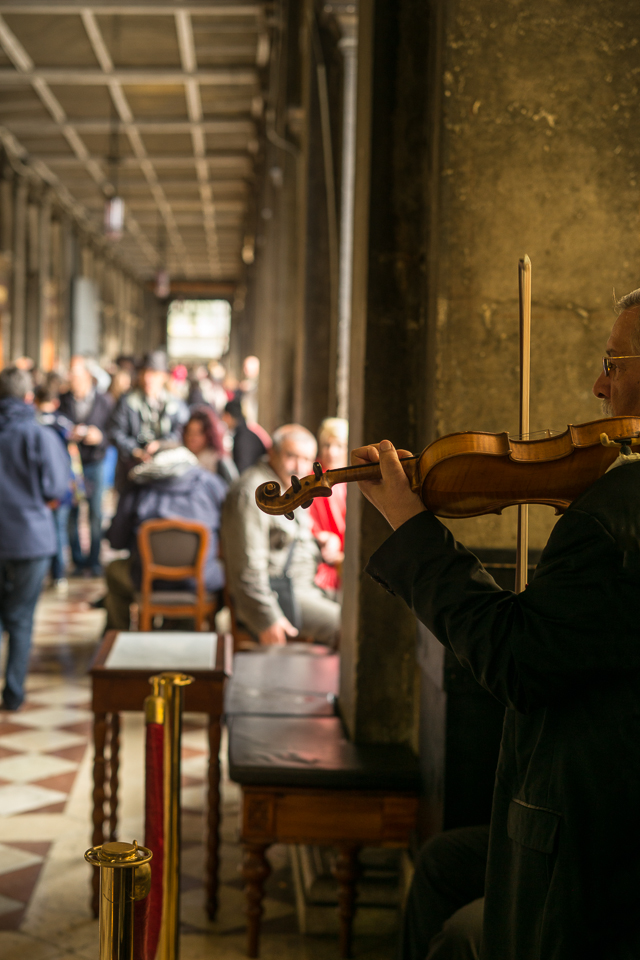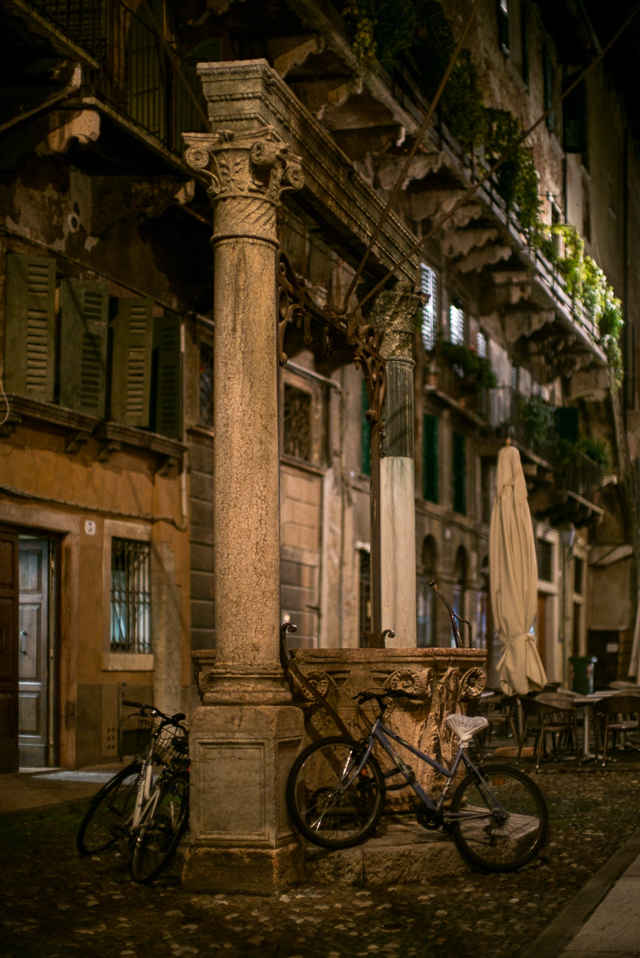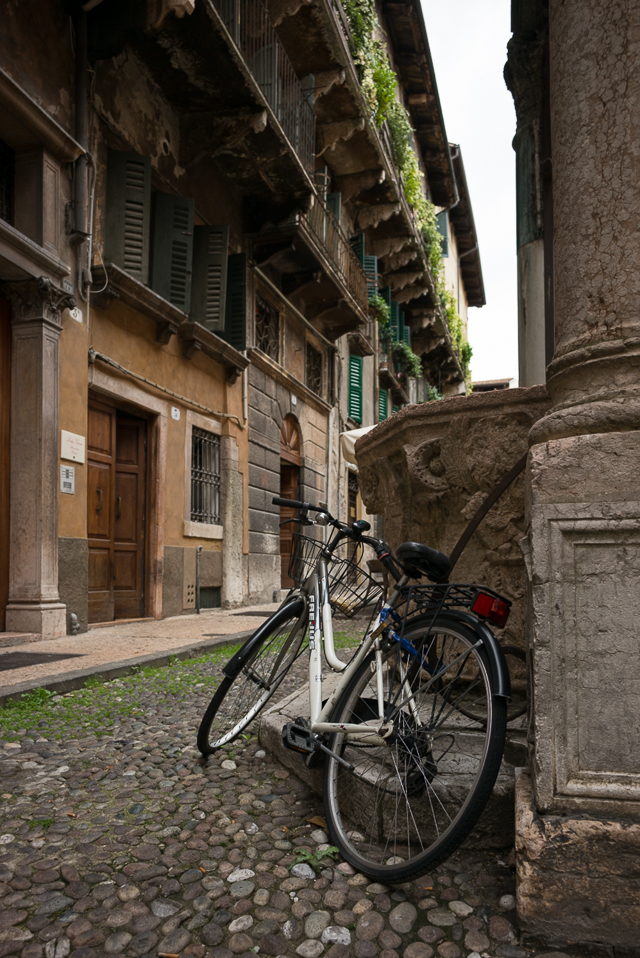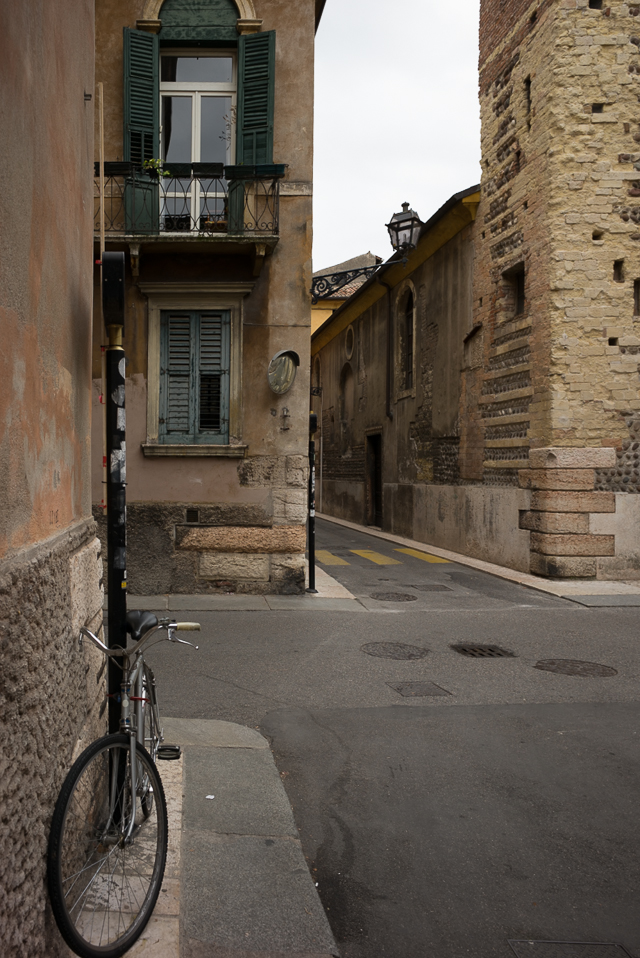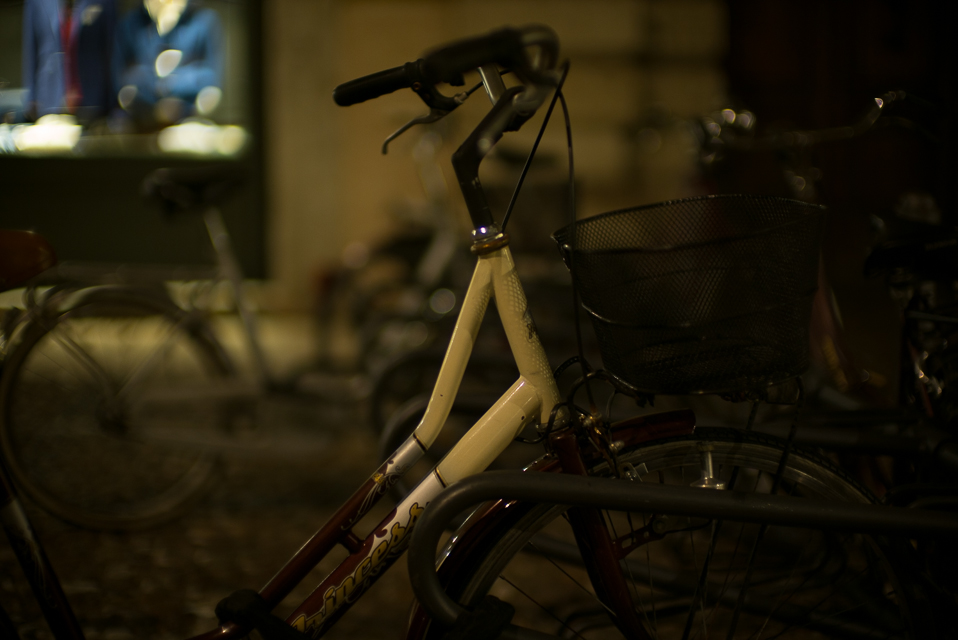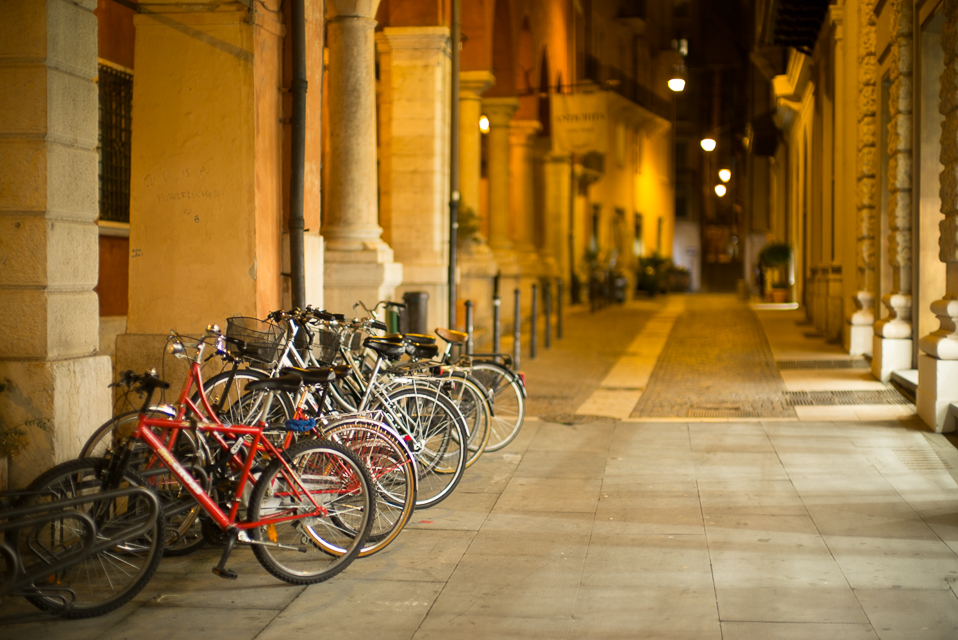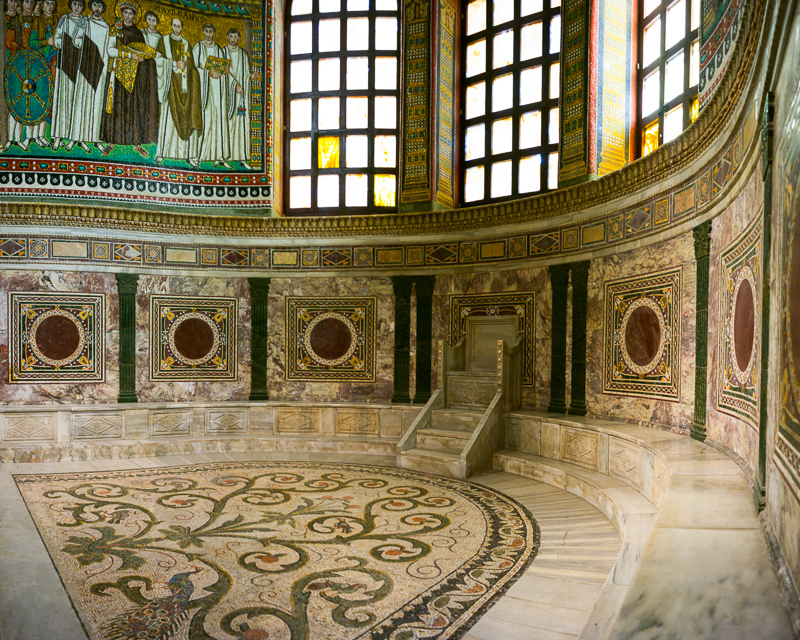
The Emperor Honorius, son of Theodosius I, moved the capital from Milan to Ravenna in 402; in the words of Edward Gibbon, to remove himself from the tribulations of the risky business of being Emperor, with Ravenna more or less impregnable and quite out of the way of the primary activities of empire during a period of turmoil. Furthermore, for the barbarian generals, having the emperor out of the way, meant they would have a far freer hand in their military activities. Seemingly, this was an arrangement suitable both for emperor and general, but in reality was another symptom of the continued decline of the Western Empire. Continue reading “Ravenna’s Early Mosaics”
